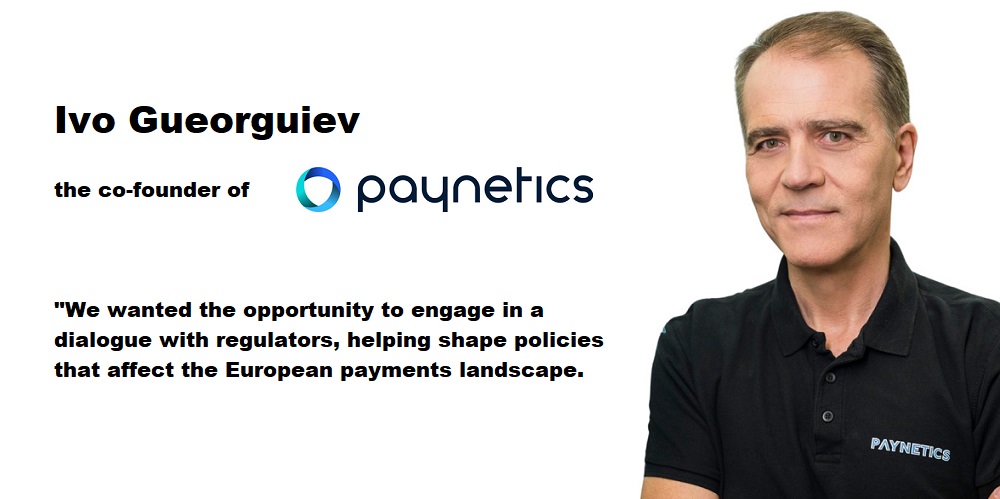
Paynetics joined the European Payments Council (EPC) on 1 January 2025. EPC spoke with Ivo Gueorguiev, the co-founder of Paynetics, about the company’s approach, challenges in the payments market, and their vision as an EPC member.
Could you tell us about Paynetics and what makes it special?
Paynetics is a leading provider of embedded finance solutions, enabling businesses to integrate payments seamlessly into their products. We are dual-regulated in the European Union and the United Kingdom.
We are a use-case agnostic, deep-payment infrastructure provider offering comprehensive embedded finance solutions to Business to Business (B2B) and Business to Business to Consumer (B2B2C) customers in one place, including card acceptance and issuance, payment accounts and transfers. We use a variety of channels – application programming interfaces (APIs), software development kits (SDKs), or full-service white labels that mean we’re prepared for the exponential growth of embedded finance. We are also very focused on anti–money laundering (AML), fraud monitoring, and compliance to ensure sustainability and scalability.
What are the perceived strategic challenges in the retail payments and account-to-account (A2A) payments markets?
Both the retail payments and A2A payments markets are shaped by the need for innovation, regulation, and trust. Retail payments are highly susceptible to fraud, cyberattacks, and data breaches, requiring significant investments and market consolidation. Additionally, consumers demand fast, frictionless, and personalised payment experiences that align with high security and regulatory requirements and complex AML procedures.
Retail payment providers must also navigate a complex and ever-evolving regulatory environment – especially with the third Payment Services Directive (PSD3). Regulation is increasingly shifting responsibility to payment providers, creating a real risk of deteriorating customer experience and debanking.
One underestimated issue is Big Tech. The dominance of global tech firms raises concerns over data security and market power, potentially undermining local providers.
A2A challenges us in terms of achieving interoperability between different banks and financial institutions. A lack of standardised protocols can lead to inefficiencies. The next hurdle is getting consumers and businesses to trust the system. Educating the public about the advantages and risks associated with A2A payments is crucial.
Finally, A2A payment solutions need to integrate into existing financial systems, such as traditional banking networks, digital wallets, and e-commerce platforms with minimal disruption. This requires coordination between a range of stakeholders.
Follow the link to find out what were the key drivers for Paynetics to join the EPC and what future developments and challenges the company anticipate in the near term.
Banking 4.0 – „how was the experience for you”
„To be honest I think that Sinaia, your conference, is much better then Davos.”
Many more interesting quotes in the video below: